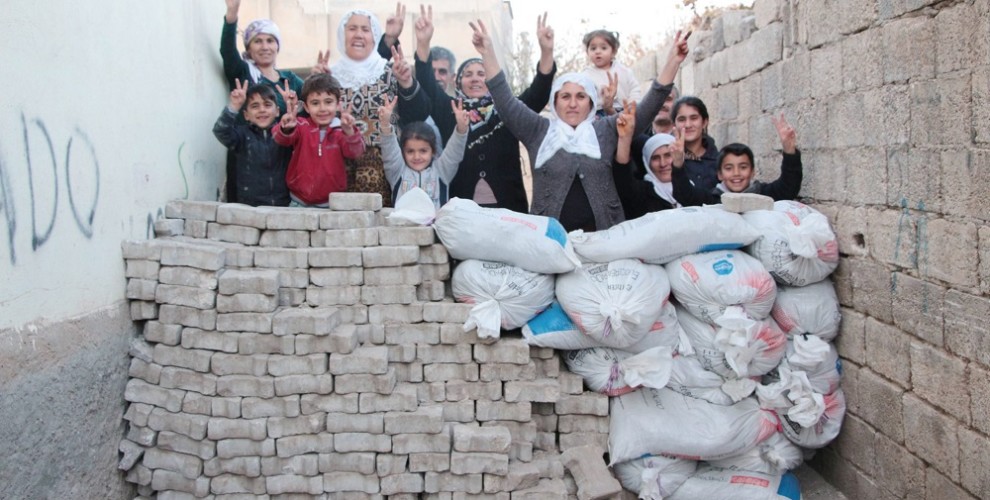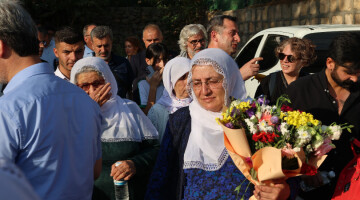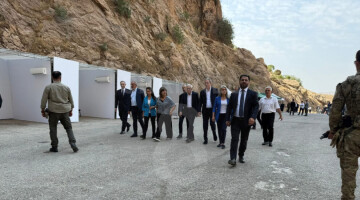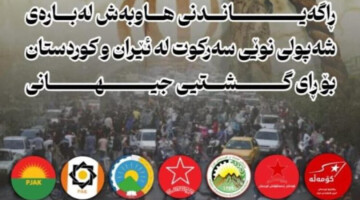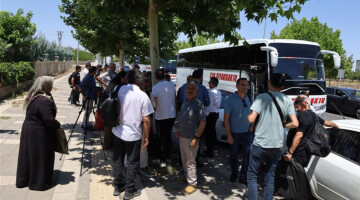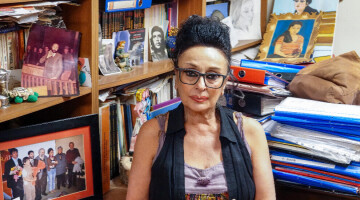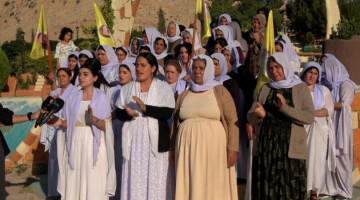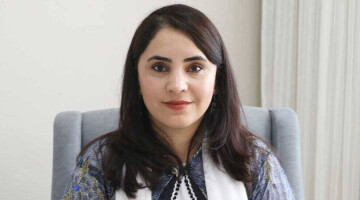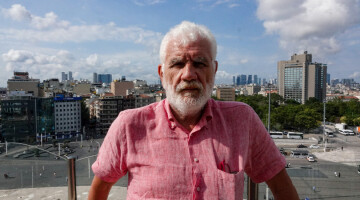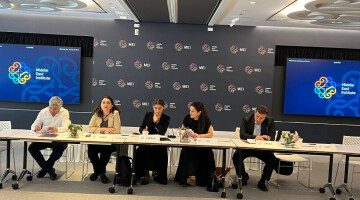It has been two years since the 9-day long curfew declared on September 4, 2015 in Şırnak’s Cizre district that left a mark in the collective memory of the trauma it caused. During the curfew, 21 Kurds were massacred, dozens were wounded, hundreds of houses were rendered unusable. This curfew was the first in the long line that launched the severe conflict period in Kurdish cities. The curfew declared for the first time in the city was cut short due to the great resistance by the people of Cizre and the immense reaction from the public. But, failing to enter the resistance grounds of the people of Cizre, the state started preparing for even more severe attacks to take the city.
The Turkish state under the rule of the AKP government sprung into action to break the organized Kurdish forces in the cities after they broke the solution process, and they launched their attacks on Cizre on the evening of September 4, with a curfew declaration announced from mosque loudspeakers. The state dispatched thousands of police and army officers and hundreds of armoured vehicles to the city a week before the curfew and settled all the personnel they brought in in schools. The police and soldiers settled in schools held all the main streets of the city with armored vehicles to enter the resistance areas of the neighbourhoods on the night the curfew was declared. The Turkish state forces attempted to enter the neighbourhoods over the Kobanê, Arin Mirxan, Yafes and Orhan Doğan avenues and the bypass, but were stopped by the trenches the people of Cizre dug and the barricades they put up.
NO CIVILIANS FOR THE STATE, ONLY KURDS
Turkish state forces surrounded the neighbourhoods with heavy weaponry and attempted to cross the trenches and barricades on foot but were stopped by the young people, who held the streets by borrowing the limited number of guns they had in turns. The Turkish forces were desperate in the face of the young people defending their streets and the people supporting them, and turned their weapons towards civilians. The state forces randomly opened fire on the neighbourhoods and shot mortar shells, killing civilians. Then the state started to cut off vital supplies to break the resistance in Cizre.
WATER AND POWER CUT OFF
Telephone and internet services were cut off with the declaration of the curfew, and later on power and water were cut off in the city. State forces prevented the sick and the wounded from being taken to the hospital. But despite it all, the people of Cizre carried water from wells and made all the food everyone had common. They used alternative means to electric lights and cooked over wood fires communally. The sick and the wounded were treated inside the neighbourhoods, but many citizens lost their lives because they needed to be hospitalized. A significant portion of the deaths was due to blood loss, while some citizens died of heart attacks.
BODIES WRAPPED IN ICE
35-day old baby Muhammed Tahir Yaramış losing his life because the state prevented the ambulances from coming caused outrage in the public. But the state not only prevented the ambulance but prevented the bodies of Yaramış and other citizens who lost their lives being buried. When state forces prevented the burials, dead bodies were wrapped in ice so they would not rot. A photo of the freezer where the body of 13-year-old Cemile Çağırga, killed by sniper fire, was kept caused another public outrage.
MARCH AGAINST DEATHS
Bünyamin İrci (15) and Selman Ağar (10) were shot while they were carrying water. Seyit Eşref Erdin (60) and Mehmet Erdoğan (75) were shot while they were taking bread to their homes. Zeynep Taşkın (18) was shot in front of her home, along with her baby Berxwedan Edin and her mother in law Maşallah Edin (35). These deaths increased the public outrage, and various NGOs and the HDP started a march to break the blockade on the city. The march was led by the HDP Co-chair Selahattin Demirtaş and continued for days, reaching Cizre despite all obstacles.
LEADERS OF THE RESISTANCE TUNÇ AND YÜKSEL
Despite all attacks and lack of means, the people of Cizre did not bow down to the state forces’ attacks. Cizre People’s Assembly co-chairs Mehmet Tunç and Asya Yüksel worked day and night and led the resistance. Tunç and Yüksel organized marches and meetings in the large neighbourhoods under blockade and told the people the true death and destruction is surrender and gave them courage. The leaders of the resistance were seen tending wounds in one house, and baking bread in another. The leaders carried the necessities to the young people behind the barricades themselves and achieved a great place in the people’s hearts.
YOUTH LEADER FUAT MAWA
The youth resisted against thousands of professional state personnel who have an extraordinary technological advantage and went down in history once more with the victory of faith under the leadership of their commander Fuat. Fuat Mawa ran from barricade to barricade, night and day, despite his wounds, and his heroism, sacrifice and the young people of Cizre combined to overcome all impossibilities. Support from the people, the resistance of the youth and pressure from the public prevented the state from achieving their desired result despite all their attacks, and the state forces had to lift the ban after 9 days.

